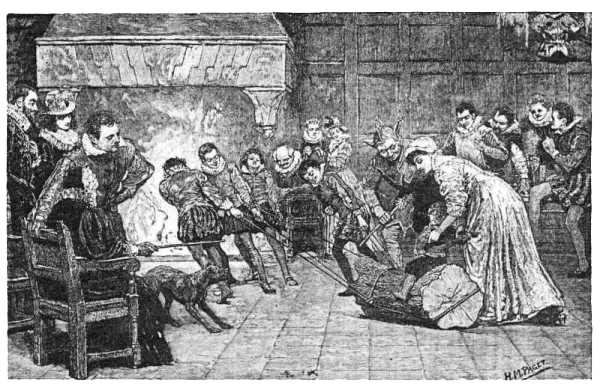 |
| Carol book from 1950s, Snow Golem eats kids later. |
Christmas carols can mean the tender tones of choirs of angels singing, or the local punk band screaming Rudolph the Red Nose Cowboy. It's really your choice. I prefer the more traditional ones, despite my lack of personal interest in a supreme being. But I am interested in all things historical, including why we warble carols at this time of year.
I love etymology as much as I love history. The Oxford Dictionary states that carol or carole is a medieval word of French and Anglo-Norman origin. It was believed to mean a dance song or a circle dance accompanied by singing. They were first just hymns sung in a christian church. When the Catholic church first started using hymns in the 300s, the songs were pretty boring. The introduction of rhyme, along with the cultivation of pagan lore created the first carol sometime in the 1100s: “Veni, redemptor gentium," or “Savior of the Nations, Come,” attributed to Milanese Bishop St. Ambrose. But they were sung in Latin, and not the local languages, which was about as exciting as drinking fat free eggnog.
The awesome patron saint of Animals and decent music, St. Francis of Assisi, recognized the unpopularity of Christmas hymns, and set out to change it by transforming the holiday through theatrics, music, and for the first time, carols sung in audiences’ native languages. The abandonment of Latin in the thirteenth century was popularized in nativity scenes and productions across Europe. And there was much rejoicing.
Christmas carols in English first appear in a 1426 book by a chaplain named John Awdlay, who lists twenty five "caroles of Cristemas", probably sung by groups of wassailers. Wassailing comes from the Old English term "waes hale, meaning "be well". It was a Saxon custom that, at the start of each year, the lord of the manor would shout 'waes hael'. The assembled crowd would reply 'drink and be healthy'.
 |
| Carol singers in the mid 1800s still looking for some Christmas beer, I mean cheer. |
When Oliver Cromwell and the Puritans came to power in England in 1647, the celebration of Christmas and singing carols was stopped. However, the carols survived as people still sang them in secret. Carols remained mainly unsung until Victorian times, when two men called William Sandys and Davis Gilbert collected lots of old Christmas music from villages in England. People revitalized the practice so much that popular books like Dickens' A Christmas Carol with the carolers being scared off by old Scrooge.
 |
| Bring on the tunes, the cheer, and the malnourishment of 1860s Christmas. At least they had a tree. |




